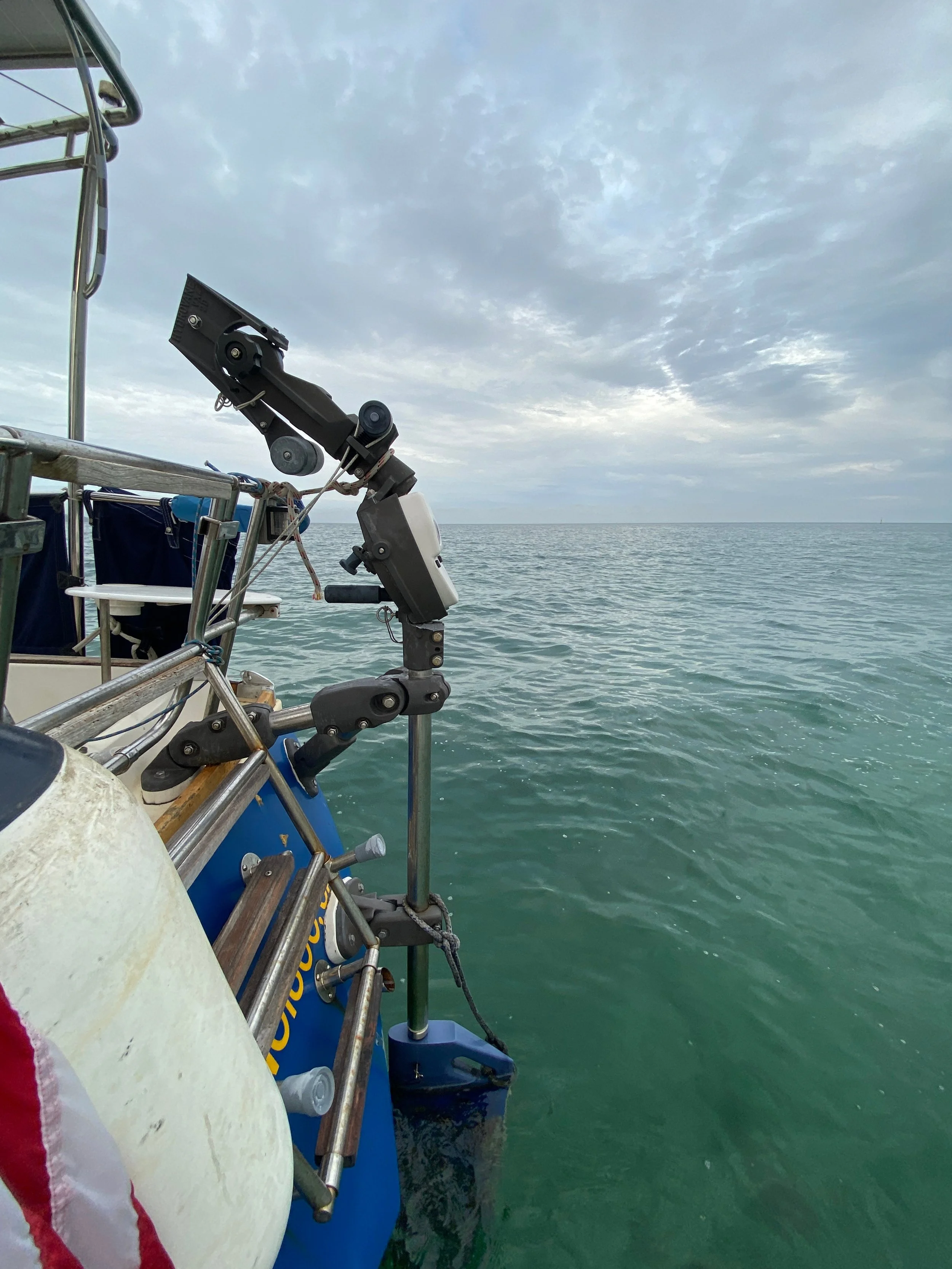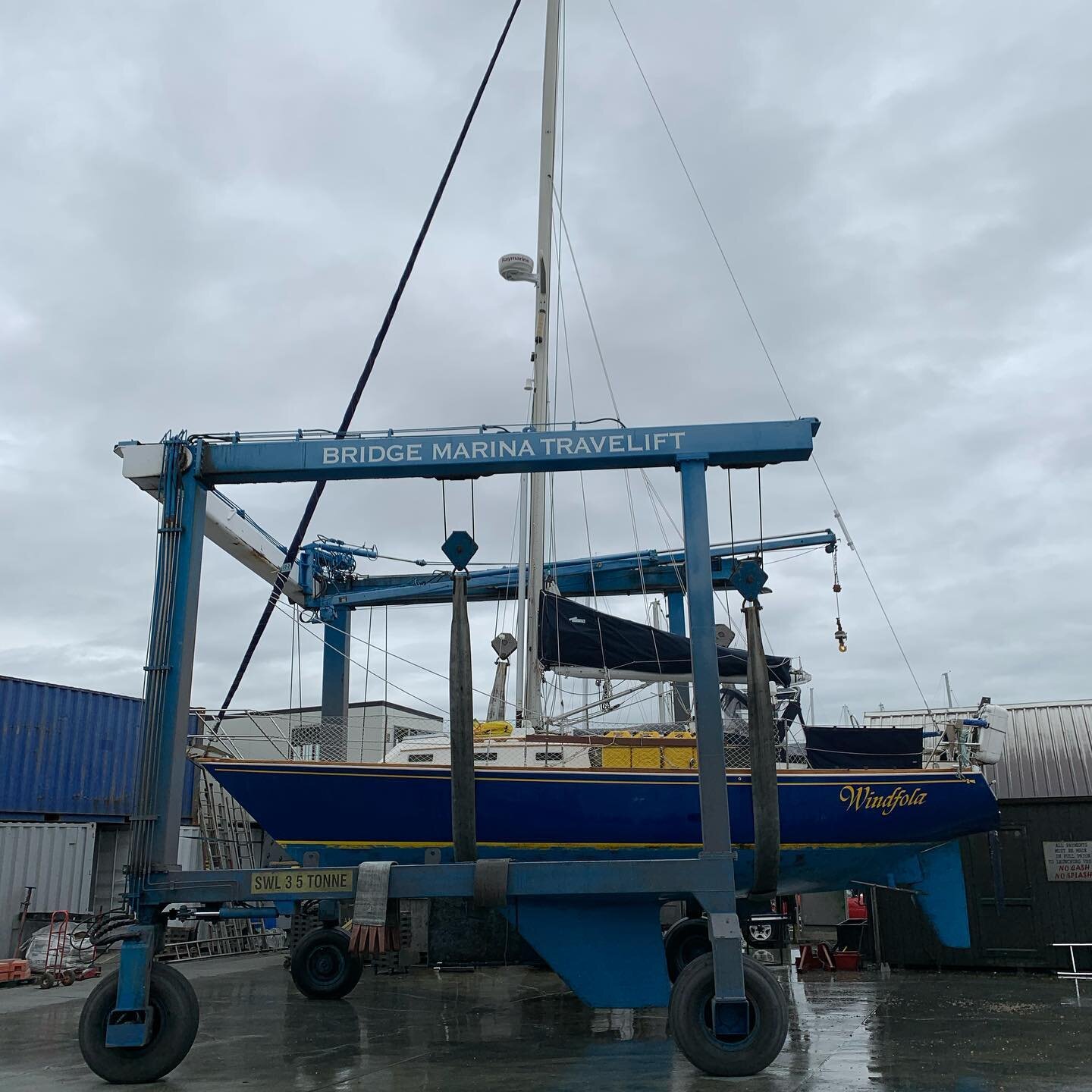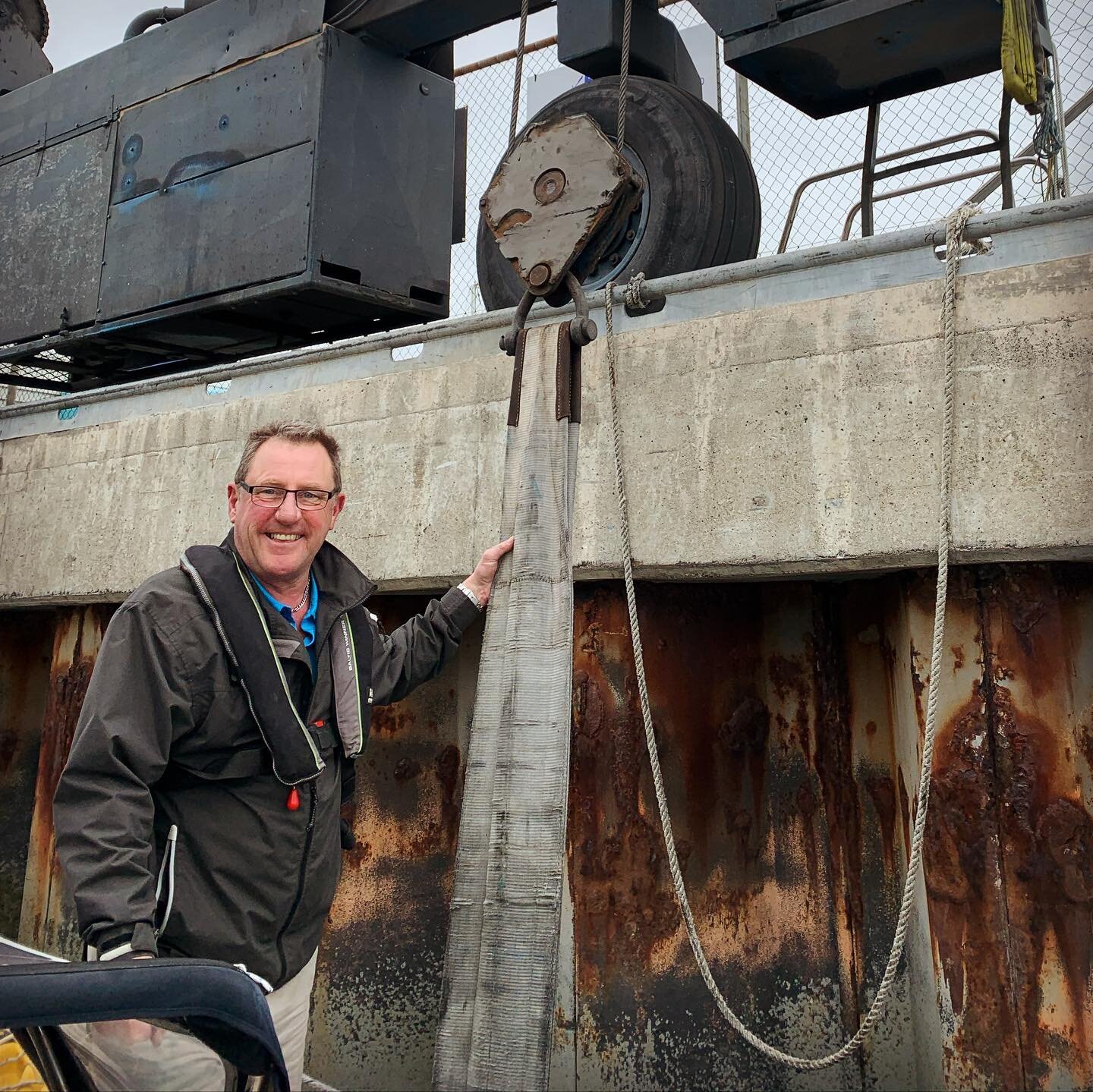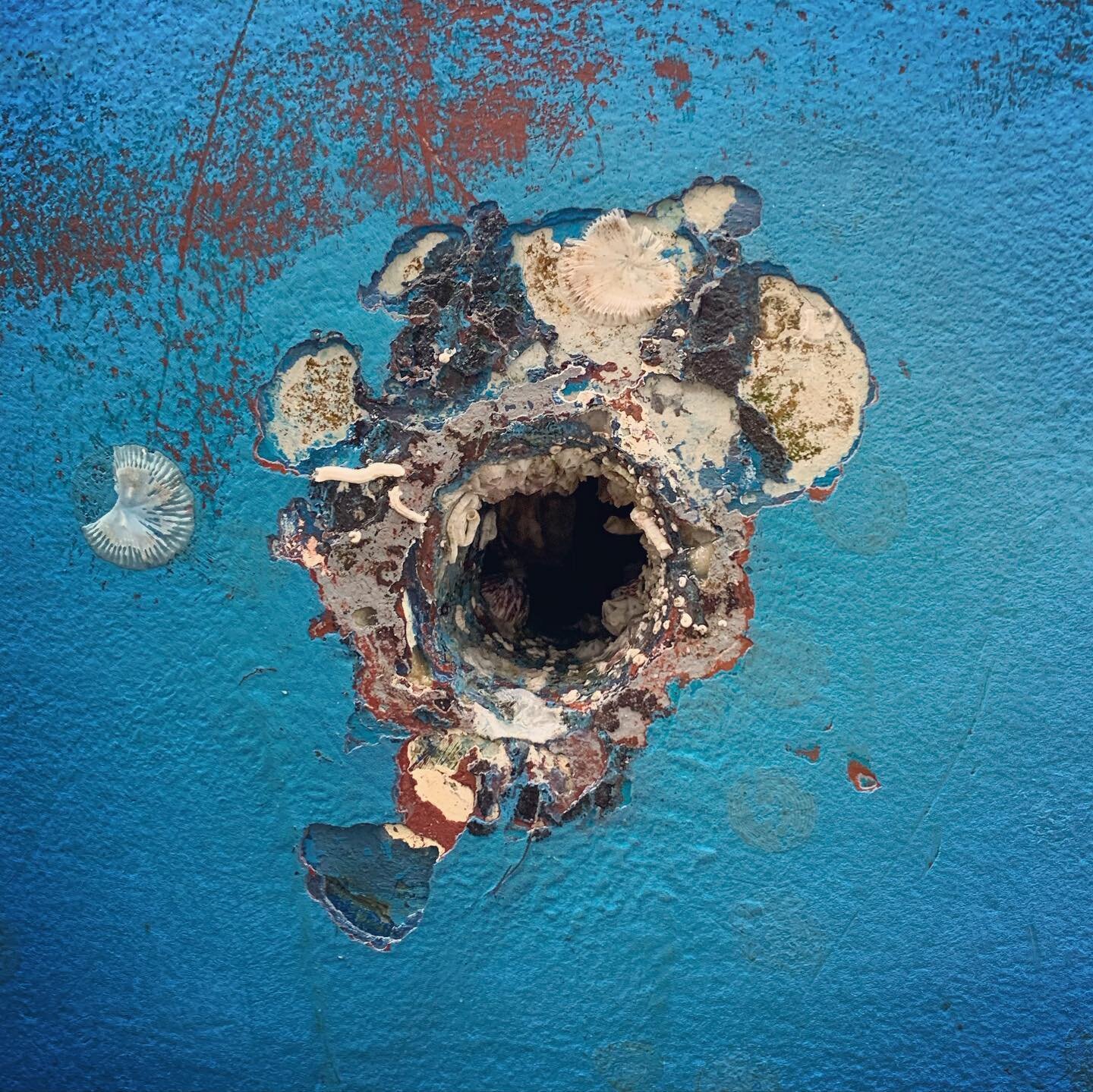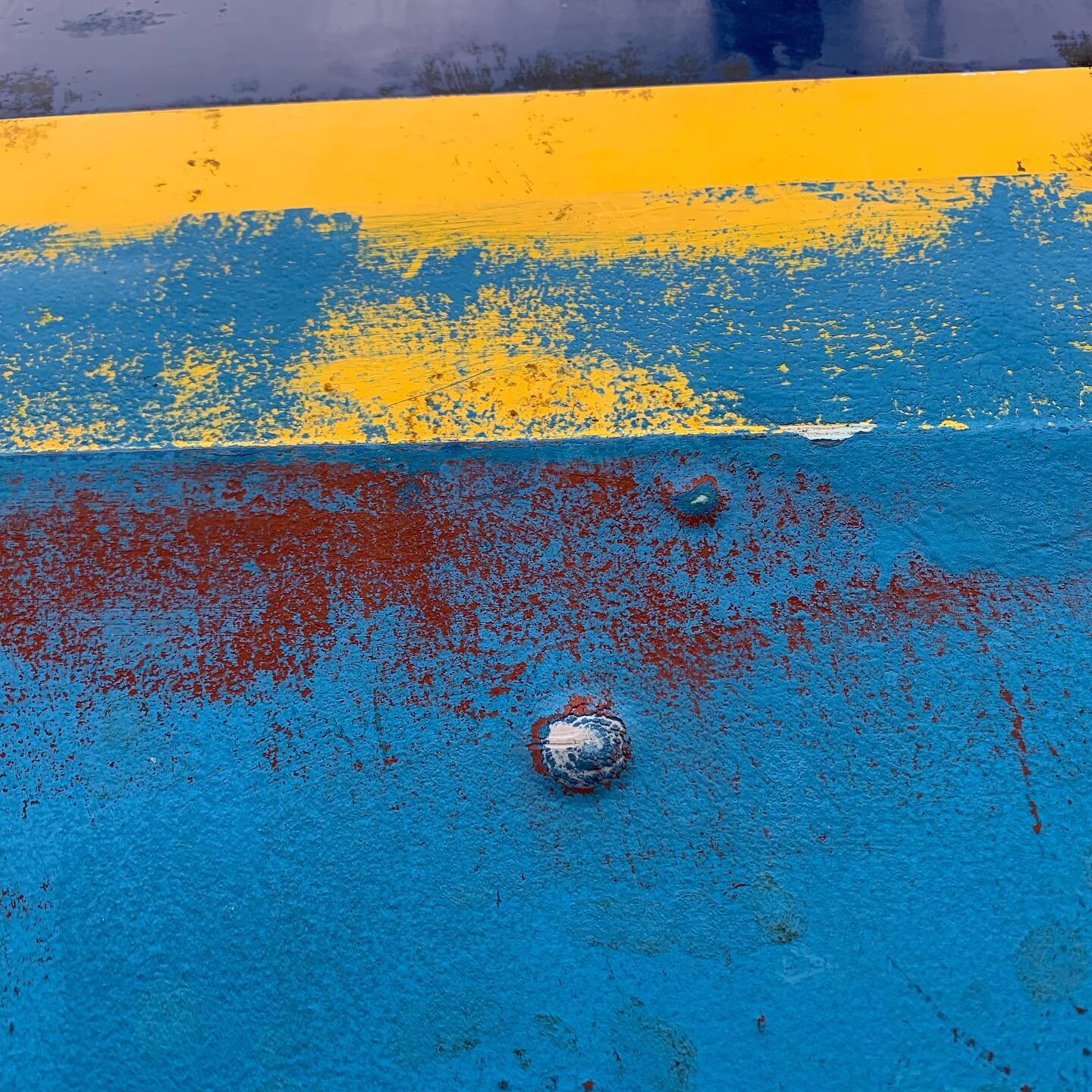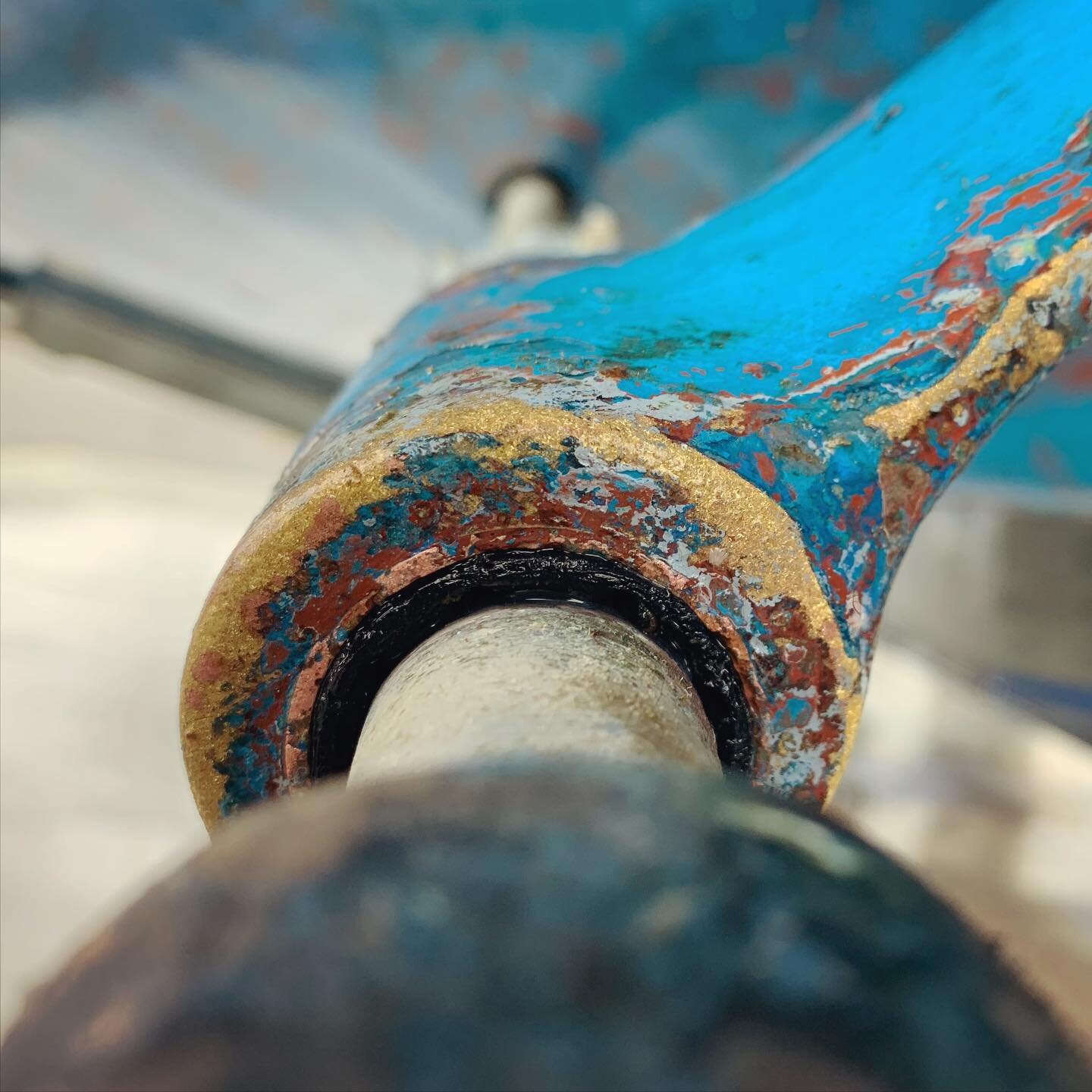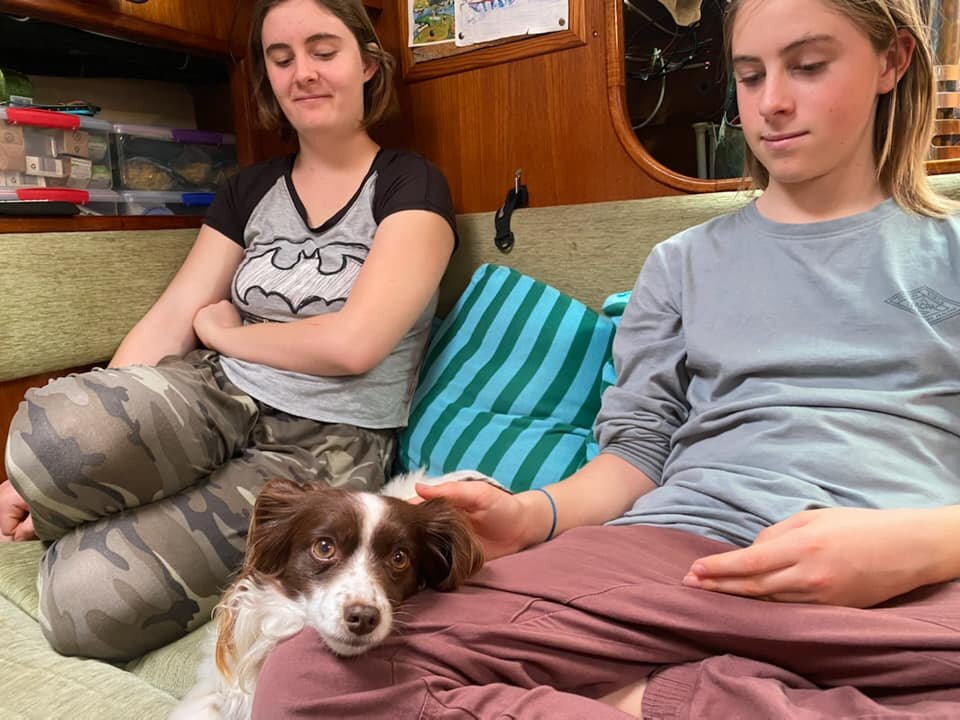This post was originally shared exclusively and directly with our subscribers during our passage across the Tasman.
What follows is a beloved recipe straight from Windfola’s galley to your home kitchen. I hope you find it useful (but that’s doubtful).
Ingredients:
some potatoes, not too many for the pot
spices, whichever ones you like but don’t contain salt
something crunchy and vegetal
mayonnaise or aioli
pickle juice or some (food grade) acidic liquid
Step 1: DON’T gather together the ingredients. If you don’t follow this step precisely, you will instantly regret it because everything is going to fly off the counter top when the next swell hits. Instead, sit down and think about what you have in your stores, where you’ve most likely stowed each item, and what your back up item will be if you can’t actually find the first one you wanted. Also consider a back up item to the back up item, and maybe even whether or not you really want potato salad that much at all.
Step 2: Once you’ve mentally gathered the ingredients together, go outside with your pot and scoop up a few cups of seawater; just enough to cover the potatoes you’ll add. Try not to look to closely at the water; any microorganisms will be sterilized during the cooking process and you need the protein anyway.
Step 3: Carefully place the pot on the cooktop and adjust the pot clamps into place. With one hand, pick up the lighter for the burner. Now, strategically position your body while gauging the rhythm between the waves hitting the boat. When you think there’s a gap, quickly lift the pot with one hand, light the burner with the other, set the pot down again, and grab hold of a hand rail with your newly liberated pot hand. NOTE: if you don’t time this right, you will end up with seawater all over you and you’ll need to return to step 2 (or, again, reconsider how much you actually want potato salad).
Step 4: Find your potatoes. (There’s no substitute for these, sorry. I hope you realized during step one but maybe I should have spelled that out more clearly.) Pick out the best of your inventory, then cut out all the brown spots, the eyes, and that thing that seems to be growing out of the one but might just be a shred of rotten leaf from the old cabbage that you stowed in the same place.
Step 5: Immediately slice each potato in half and turn it cut-side down on the chopping board so it doesn’t roll away. Dice the potatoes into your preferred size, and do it quickly, because soon your seawater is going to boil over on the cooktop…
Step 6: Rinse the knife and put it into a secure location. Wait through one cycle of swell to be sure it’s actually as secure as you think it is.
Step 7: Quickly and carefully lift the lid to the pot and put it somewhere safe. While holding onto a railing with one hand, carefully transfer the chopped potatoes into the pot by the handful. DO NOT try to pick up the cutting board and slide the potatoes off of it with a utensil like a civilized landlubber, because that will take two hands and you will end up in a shower of diced potatoes with the next wave, and only one or two measly pieces will make it into the pot, at which point you are likely to end up giving up on the whole endeavor altogether, but you will still be finding diced potatoes between various cushions in a month’s time and remembering how you failed to make something as basic as potato salad.
Step 8: Put the lid back on the potatoes and turn the heat down to a simmer.
Step 9: Commence your search for the crunchy vegetal items you identified in step 1. I like to add any fresh crunchy veg I have, which on the occasion of this writing, is a cucumber which is only one third black and squishy. Cut away any bad bits and chuck them up out of the entryway and into the sea… oh damn, you’ve likely forgotten about the new solar arch and somehow despite the constant swaying of the boat hit one of its narrow tubes dead-on and splattered rotten cucumber all over the cockpit.**
Step 10: Find more crunchy or interesting things to put in the salad. I nearly always add pickles of some kind, and I highly recommend those if you can remember where you stowed the jar. Fish around until you find it — no, those are olives… those are jalapeños… — but watch out, because I forgot to tell you to put the knife away after chopping the cucumber and it’s sliding around dangerously. Once you find the pickles, chop them up to your desired size and let the juices soak into the cutting board so that you can smell them all night since you only sleep a meter away.
Step 11: Check the potatoes. Hopefully, they are just the right amount of salty, and give easily when pricked with a fork. If they are done, go to the sink and remove the lid from the used coffee press that you’ve been avoiding rinsing all day. Stand the press up in the center of the sink. Now, carefully, with your feet at hips distance and a slight bend in your knees, use the lid to hold the potatoes in the pot while you you pour the boiled potato seawater into the coffee press. Stop halfway through, put the pot back on the stove and secure the pot clamps. Swirl the grounds in the press and take it outside to pour overboard. (Give yourself a little pat on the back for how clever you are at conserving water.) Set the press back in the sink and pour the rest of the water out of the pot into it. Repeat the process with the pot, pot clamps, and pouring out the press (no more back patting though, that would be excessive).
Step 12: Go outside with a non-slip pot rest and look around for a good spot on deck that’s exposed to the wind but has high sides and is narrow enough that the pot won’t slide around. Carefully set the pot down on the protective mat, make a well in the center of the diced potatoes to increase air flow, and leave them to cool in the breeze.
Step 13: Inside, rummage through your onion bin. Find that one onion that is sprouting and has the lovely green protrusions that remind you of springtime. Chop them off on the cutting board and dice them finely. Return the onion to the bin; it’ll be back to its old self in a few weeks.
Step 14: Bring the cooled potatoes inside and return the pot to the pot clamps. Dig out that open bottle of aioli or mayonnaise and remove the lid to sniff and check for any growth. (It’s probably fine.) Into the well in the center of the potato pot, squeeze out what you need, which will surely be more than is remaining in the bottle. Return to that provision cupboard where you usually stow condiments, and dig around until you find another bottle. (This might take awhile.)
Step 15: Add the rest of your desired quantity of mayonnaise, then begin to look through your spices. I like to add dill weed, but only if when I invert the jar the dried herb still comes out. I also add a pinch of garlic powder — a literal pinch, because it is very lumpy and I need to break it up on its way into the pot. I also add a little bit of tart brine from the pickle jar, but if you have lemons — posh, aren’t you? — you can add the juice of half a lemon.
Step 16: Stir the ingredients in the center well until they are combined, then fold in the potatoes from the outside edges. Once combined, grab your pot holder or a tea towel and go sit in a spot where you can wedge yourself into place while you use both of your hands to enjoy your potato salad straight out of the pot.
Et voila! Doesn’t it feel wonderful to make a meal*** from scratch at sea?
NOTES:
*Recipe time may vary from 30 minutes to six hours, depending on the conditions. You may need to insert additional steps not included in these instructions, for example, to trim the sails, take the dog out because she finally wants to wee now that you’re doing something else, adjust the heading, or shoo a booby off the railing that is cute but pooping on your deck.
**After you’ve enjoyed your meal, don’t forget to find all of the pieces of rotten vegetable matter that didn’t make it overboard. You may need to haul up a bucket of seawater and use a scrub brush to remove them, as they have probably baked into the deck by now. It was worth it though, wasn’t it?
*** Hopefully all you wanted was potato salad. That’s the whole meal, and there’s no time to make anything else because the entire day is over and it’s time to go to sleep.

